By Don Smart
The three rubber dinghies struggled through the rough surf in the pitch black night toward an inhospitable stretch of rocky beach. The cliff rose almost straight up from ocean’s edge. The mission commander realized his team had landed in the wrong place, but there was no time to hunt for the correct landing area. The mission would have to start from here. This mistake was just one of many as Operation Ginny unfolded to its final tragedy.
In the early days of the North Africa and Italian campaigns, Office of Strategic Services (OSS) personnel initially lacked experience, resources, and the respect of skeptical staff officers in the theater. The agency soon began to prove its value. Prior to Operation Torch, the Allied landings in North Africa, OSS agents established contact with Allied sympathizers and gathered intelligence vital to the invasion.
Support from General Clark
During the North Africa campaign, OSS operatives organized warrior tribesmen into a guerrilla force to guard against a possible Axis thrust through Spanish Morocco into the Allied rear. During landings on the Italian mainland at Salerno, an OSS detachment provided Colonel William O. Darby’s Rangers with critical tactical intelligence during their defense of the Sorrentino peninsula. The activities of OSS agents soon came to the attention of General Mark Clark, commander of the Allied Fifth Army, who gave them vehicles, rations, and a free hand to operate.
In February 1943, General Dwight D. Eisenhower, supreme commander of Allied forces in Europe, agreed to allow the OSS’s Special Operations staff to employ four to eight commando cells to organize and assist guerrilla forces in Italy and southern France. During the fall of 1943, these newly arrived operational groups began to look for offshore islands on which to establish bases for raids against the German-held northern coastline. After the Italian surrender, an OSS unit joined a French expeditionary force to take the island of Corsica. The German garrison was already withdrawing to the mainland, so the OSS groups established advance bases on Corsica as well as the nearby islands of Gorgona and Caprais. At Corsica, they were only 35 miles from the Italian coast.
Conducting Raids Against German Communications Lines
From their new bases, the OSS operational groups conducted raids against German communications lines along the Italian coast in an attempt to divert enemy troops from the main front. The narrow, rocky coastal plains of the Italian peninsula were crossed by numerous roads and railways, which the Germans used as lines of supply. Night after night, small groups of OSS soldiers crawled ashore to attack the most vulnerable points and reconnoiter enemy installations.
The 2677th Headquarters Company, Detachment C, (Unit A, First Contingent) was one of the special OSS units activated in April 1943. Commanded by Colonel Edward J. Glavin, they were stationed at Ile Rosse on Corsica. The Italian front stretched across the peninsula at Cassino with a further front initiated at Anzio in January 1944. The Allied forces recognized that one of the main German supply routes was the railway line running along the western coast of Italy. The Allied air forces had been conducting Operation Strangle to cut all German lines of communication; however, bombing in the mountainous terrain along the coast had not succeeded in cutting the Genoa Livorno line.
Materazzi’s Plan
The Allied G-3 Special Operations branch suggested that the best way to cut the line was to demolish one of its tunnels by means of a sabotage party landed from the sea. At about 15 miles northwest of La Spezia, a tunnel between a small station named Stazione di Framura and the small fishing village of Bonassola was deemed the best target. Passed down to the 2677th, Operation Ginny was born.
The task of developing the tactics needed was assigned to the unit’s operations officer, 1st Lt. Albert R. Materazzi. The aim was to destroy the northern tunnel entrance, located some 500 yards southeast of Stazione di Framura. Materazzi’s plan was for a team of 15 men—nine demolition experts and six security riflemen—to land under cover of darkness from two PT boats.
Reconnaissance indicated that there was a natural ravine the team could move through to reach the tunnel entrance. The team consisted of Americans with Italian backgrounds and some who could speak the Italian language fluently. All were to be dressed in U.S. Army field uniforms and would not carry civilian clothes. After neutralizing the signal house, they would blow the tunnel entrance then retrace their steps to the three rubber boats, and reboard the waiting PT boats.
Risky, But With a Reasonable Chance of Success
The operation was carefully timed. The team would launch at 11 pm, reach the target by no later than 12:30 am, and be picked up at 3:30 am. There were contingency plans. If the commanding officer decided the operation could not be accomplished that night, he would notify the PT boats no later that 2 am, the men would hide, and the operation would be rescheduled for the following night with pickup at the same time. If contact could not be made with the PT boats after blowing the tunnel, then the party would proceed inland to a safe house about 40 miles away. On the surface, it looked like the plan was risky but that it had a reasonable chance of success.
In 1944, the German forces in Italy were commanded by Field Marshal Albert Kesselring. All of northern Italy was under the command of Army Group von Zangen, led by his subordinate, General Gustav von Zangen. The targeted area of the Italian coastline was defended by the 75th Army Corps under General Anton Dostler, with his headquarters at San Andrea near Parma. The 135th Fortress Brigade, commanded by Major Kurt Almers, was guarding the area around La Spezia.
After the go-ahead for the operation was received, the first attempt was made on February 27-28. It was called off when the correct landing area could not be found in the dark. When the party got to shore, it could not find one landmark and returned to the PT boats. The unit then did a more complete target study based on profiles of the railway and intelligence gathered from engineers of the Italian Railways Maintenance Section. The 52nd Fighter Group flew a photographic reconnaissance mission of the area on March 10. The 15-man group made a complete dry run of the mission during the night of March 20-21 near Ile Rosse. The timing and emergency plans were left in place, and the group pronounced itself ready for insertion on March 22-23.
Going Awry Near Midnight
The U.S. Navy’s PT-214, commanded by Lieutenant R.T. Boehel, and PT-219, commanded by Lieutenant Harold Nugent, left Bastia at 5:55 pm and made landfall west of Stazione di Framura at 10:45 pm The overall mission and demolition team were commanded by 1st Lt. Vincent Russo. The security party was under 1st Lt. Paul J. Traficante. Radio contact was sporadic, but the PT boats did hear Russo report that they had reached shore and were looking for a place to land.
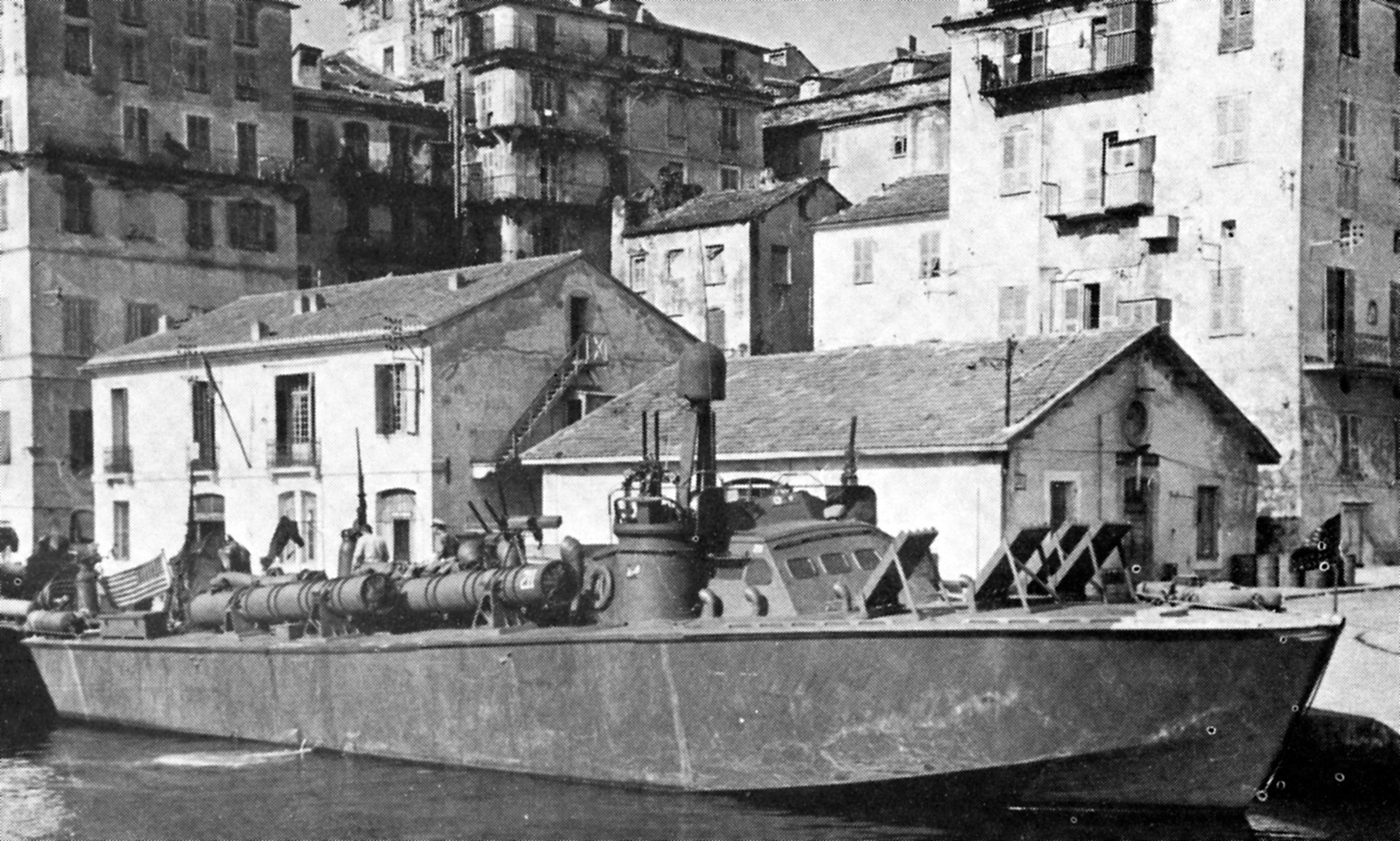
At 11:45 pm, things began to go wrong. A convoy of German torpedo boats was sighted returning from a mine-laying mission. PT-219 took diversionary action and got into a firefight, while PT-214 idled along the coast on one engine and tried to keep in contact with the shore party. The radiomen on the boats kept trying to reach the shore party, but all was silent. At 2 am, the two PT boats rendezvoused five miles out to sea. Their radar indicated numerous targets along the shore, and they had to lie quietly until 3 am At that time, they moved in close to the rocky cliffs in an attempt to raise the mission party on the radio. PT-214 reported its main steering mechanism had malfunctioned, and it was 4:15 a.m. before it was repaired. No transmissions were heard from the mission party, and the two boats returned to base.
Scrounging for Food After a Botched Landing
Russo realized the team was in the wrong spot. He left 12 men to guard the rubber dinghies while he and two others headed off to reconnoiter the area. Climbing up the steep, rocky embankment, the three discovered they had landed near the village of Carpineggio, about halfway between Bonassola and Stazione di Framura. The group had landed two miles from its intended initial point and about one mile from the target. By the time the reconnaissance party returned, several hours has passed and daylight was at hand. The radioman reported that contact with the PT boats had been lost and that they had probably returned to base.
Russo decided on a contingency plan requiring the men to hide during the day, establish contact with the PT boats the following night, and then accomplish the mission. He would not blow the tunnel until contact had been made. Like the dark clouds of an oncoming storm, the problems of Operation Ginny continued to mount.
The dinghies loaded with the explosives and demolition equipment were dragged up on the beach, hidden under trees, and camouflaged. The party moved inland over the steep hills until they found an empty barn to occupy. By midmorning, Russo decided to attempt to find food for the group.
Franco Lagaxo, a local farmer living on the crest of a hill overlooking the sea, saw two soldiers approaching his cottage. They identified themselves and asked if he would help them procure some food. They also asked if he would guide them to the “little house at the railway.” He did not understand and took them to nearby Paggio.
Engine Trouble and Another Day in Hiding
Realizing the mistake, Russo and his partner released Lagaxo and told him they would return for the food at noon. At noon, three of the Americans returned to Lagaxo’s house and got the food. They also asked if he would come to the barn where they were hiding and try to guide them to the railroad signal house. At mid afternoon the farmer took a small party to the correct spot and the team determined the exact target location. The Ginny men spent the rest of the day in the barn waiting for nightfall.
On March 23-24, the second night, two PT boats launched to accomplish the pickup per the contingency plan. They were carrying oarsmen, a dinghy, and two canvas boats in case the original rubber boats were damaged. About an hour after their departure, one PT developed engine trouble and turned back. The remaining boat continued on and arrived at the pickup point about midnight. Radar showed several objects patrolling the area, and the decision was made to abandon the attempt. The Ginny team had to spend another day in hiding.
A Brief but Vicious Firefight
The morning of Friday, March 24, was the beginning of the end for the demolition team. A fishing boat returning to Bonassola reported seeing several small rubber boats hidden along the shore. Vittorio Bertoni and Giobatta Bianchi, two Facist militiamen, went with the fisherman to investigate and found the boats and explosive material. They alerted the local German command and formed a search party. Five Facist militiamen and a German patrol started to comb the area.
The farmer, Franco Lagaxo, had seen the Italians discover the boats and rushed to warn the Americans. When he got to the barn, he discovered just how many were in the group. His warnings came too late. Two of the team were captured without a struggle near Franco’s house. They tried to maintain that they were the only two, but the Italians knew that there were more because of the three boats. When Bertoni blew his whistle to summon the patrol, the Americans opened up with rifle fire. The German patrol surrounded the area, and after a brief, vicious firefight the outnumbered Americans surrendered.
Taken As Prisoners to Fortress Brigade HQ
The Americans were disarmed and taken to Bonassola where they were locked in an office. The two officers were questioned by Commissar Guglielmini, who managed to find out details about the mission. Russo and Traficante were tired, hungry, and very disillusioned about the outcome of the mission. They indicated they had come from Corsica on a PT boat with plans to blow up the railroad tunnel between Framura and Bonassola. The commissar was also surprised to learn that all the men were from Italian-American backgrounds and could speak and understand the language.
At 2:30 pm a German army truck arrived and the prisoners were transported to 135th Fortress Brigade headquarters in a castle at the village of Carrozzo for further interrogation. The enlisted men were confined to three rooms in the cellar, while the two officers were placed together in one room. Word of the capture of the 15 was moving up the chain of command of the German Army. First Lt. Wolfgang Koerbitz, the brigade intelligence officer, was given the assignment of interrogating the men. He had little experience in this sort of thing, so a naval intelligence officer, Corvette Captain Friedrich Klaps, was brought in to help. Klaps agreed to help; however, since he spoke very bad English, he asked his assistant, Lieutenant George Sessler, to translate.
No Word Back in Corsica
Klaps and Sessler started with Lieutenant Traficante, who would give only his name, rank, serial number, and home address. The enlisted men disclosed the same information. When Lieutenant Russo was brought in, Sessler tricked him by telling him that Traficante had given them the whole story. Russo then proceeded to disclose the details of the mission. Late on the afternoon of March 25, Sessler closed the interrogation and wrote a report to be sent up the chain of command.
Back on Corsica, the 2677th staff officers were wondering what had happened to their men. A photo reconnaissance plane from the 52nd Fighter Group made a run over the Framura area. The photos showed no damage to the tunnel, nor any signs of the dinghies or men. The Ginny men had simply disappeared.
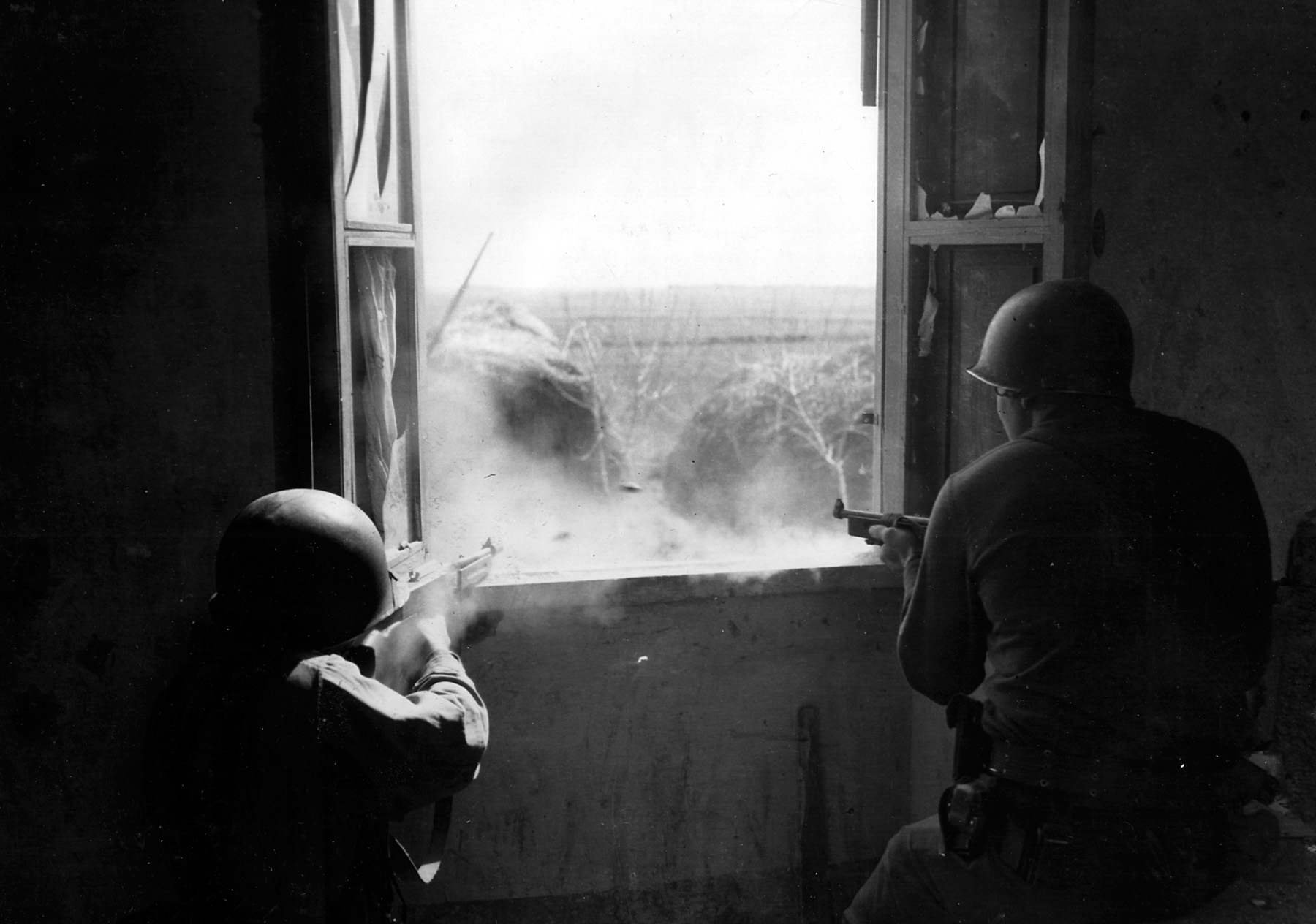
Commandos to be “Exterminated to the Last Man”
Word came back to 75th Army Corps headquarters that the brigade had captured “Italian-speaking American commando troops.” This headquarters then cabled the brigade asking if this was a reconnaissance on the part of the Allied forces in Corsica aimed at conducting a larger landing operation. The answer was, “No, their mission was to blow up the railroad tunnel at Framura.” General Dostler now realized he was in a very difficult situation. The word “commando” suddenly tied the Americans into the definition given in the Füherbefehl (Führer’s order).
After the raid at Dieppe on October 18, 1942, Hitler issued a decree stating that all enemy troops encountered during so-called commando operations, or acting as agents or saboteurs, were to be exterminated to the last man. It made no difference if they were in uniform or not, armed or unarmed. If they were captured alive, then they were to be immediately handed over to the intelligence service. Under no circumstances were commandos to be sent to a POW camp. Any German officer failing to carry out this order would be summoned before a war tribunal.
Dostler gathered his staff officers together to discuss whether the 15 Americans fell under this order. After much discussion and rereading of the document, he sent a cable to brigade on the morning of Saturday, March 25, stating, “The captured Americans are to be shot immediately. Signed Dostler.”
The order caused an uproar at brigade headquarters. Almers, Klaps, and Koerbitz realized they were going to be caught in the middle of an execution of American prisoners of war.
Almers told Klaps to try and get the order rescinded or at least put off. Since he could not disobey a direct order, Almers phoned 1st Lt. Rudolph Bolze, commander of 1st Company of Fortress Battalion 905, with instructions about the place of execution, firing squad, and grave for burial of the 15 men. Sessler reacted even more strongly. He stated that in his opinion these 15 prisoners did not fall under the Führer’s order. At midday, Almers got on the phone with Dostler about the order. He was told to hold up on the execution until higher headquarters could rule on the edict.
Dostler put the matter to the next higher headquarters, Army Group von Zangen, with a copy of Almers’ report. This headquarters in turn asked Army Group Southwest for a decision. Late that afternoon the answer came down that the American saboteurs were to be shot. For General Dostler, that settled the matter. His chief of staff phoned Almers and told him to have the Americans executed by 7:00 the next morning. Almers had no choice, and he told Captain Rehfeld, commander of Fortress Battalion 906, and Lieutenant Seidenstucker, commander of the 1st Company of the 906 Fortress Brigade, to transport the prisoners to the place of execution.
Klaps and Koerbitz continued their desperate efforts to save the Americans. Klaps managed to get Dostler on the phone with a request to postpone the execution. He used the excuse that he needed more time to get information from the captives about the facilities on Corsica. Dostler told him he could have until 7:00 the next morning. Klaps told Dostler he could not disclose information over the phone, so Dostler requested he send a telegram explaining he reasoning is continuing the interrogation.
Sessler was still talking to the Americans, with very little success. The captured Ginny men now were giving only name, rank, and serial number. Then an unusual thing happened. One of the enlisted men suddenly said, “I know you, you were on a German Merchant Marine vessel that I provided ice to in the New York harbor.”
It was true, Sessler had served on a merchant ship in the 1930s. For him, suddenly the whole thing was personal. He met with Klaps and Koerbitz, and the three were convinced not only that the execution order was premature, but that the men did not fall under this order. At midnight, Klaps retired to his quarters, convinced that the execution order would be withdrawn. Unable to quell his fears, Klaps began to telephone headquarters to talk to Dostler again to find out if he had read the telegram. Finally, around 4:30 am. Dostler came on the phone. Dostler asked his staff to show him the telegram. He then told Klaps the case was decided, the order had been given, and that it must be executed. Nothing could save the Ginny men. Their fate was sealed.
Sessler went back to talk to the Americans. Now they were aware of their fate. Sessler told them that everything possible had been done but there was no chance for a change. In one last desperate attempt to help the Americans, Sessler left his pistol hanging on the door so one of the prisoners could steal it. He hoped it might be of use in an escape attempt.
Led to the Firing Squad
On Sunday morning, March 26, 1944, only three days after the men of Operation Ginny landed on the Italian shore, two trucks arrived to take them to the place of their execution. Lieutenant Rehfiel arrived with an escort guard of 25 men to collect the American prisoners. It was still dark as the men were loaded in two trucks with guards in each. Lieutenant Traficante had the gun stolen from Sessler and planned one last attempt at escape. The bad luck of the Americans continued. As Traficante started to pull the gun out of his sheepskin jacket, it hung on the edge. The guard opposite him simply lowered his rifle to cover the lieutenant. The convoy stopped as the guards disarmed Traficante and searched the other 14 men.
At 6:30 am, the trucks arrived at the grave site where Bolze was waiting. Rehfeld informed him that the prisoners in the trucks were not dead yet. Bolze directed him down the road another five kilometers to where the execution was to take place. Bolze realized that they had not summoned a doctor to pronounce the men dead and called the battalion doctor, Heinz Kellner. At 7:15 am with the doctor present, the men were taken off the trucks and marched to the execution site. To add more horror to the event, the Germans could not decide whether to place them against a rock wall or at a cliff with the sea to their backs. It was decided that in order to avoid a possible ricochet they would stand with the sea to their backs.
In a scene of almost indescribable terror, a group of eight was marched up to face the German firing squad. As the second group looked on, they were shot down with their hands tied behind their backs. The Germans covered their bodies with planks and then marched the second group to face the firing squad. At 7:20 am, the second volley rang out and the final curtain fell on the tragedy of the Operation Ginny soldiers. The German lieutenant in charge then administered a pistol shot to the back of the neck of each body to ensure death.
Bolze had walked as far down the road as he could to get away from the execution site. After the second volley, he returned as the bodies were being loaded into the trucks. The convoy then drove back to the site where the grave had been dug. The bodies were placed in the pit and covered with dirt. Then clumps of grass were placed on top. The grave was left unmarked.
Later in the day, in an ironic twist of fate Kesselring rushed a cable to Dostler’s headquarters with orders to hold up on the execution. Both the German and Italian Fascist headquarters realized that this execution was a mistake and if the war did not go their way someone would have to pay. German radios began to broadcast stories about a group of American commandos that had been wiped out in a skirmish with German troops. They enlarged on the lie by adding a statement that the Americans had shot some of the German troops during the fight. Kesselring, feeling very ill at ease with this execution, ordered all headquarters concerned to destroy documents on the incident.
Discovering the Fate of the Ginny Men
Immediately after war’s end, two men from the 2677th showed up in Bonassola searching for information on the missing Ginny men. Captains Albert G. Lanier and Nevio J. Manzani searched the files at the local Facist archives. They found a copy of the prefect’s report of the capture of the Ginny team and the names of Vittorio Bertoni and Giobatta Bianchi. The two were arrested and detained as POWs. They next found the farmer, Franco Lagaxo, and from his statement learned that a German patrol was also involved.
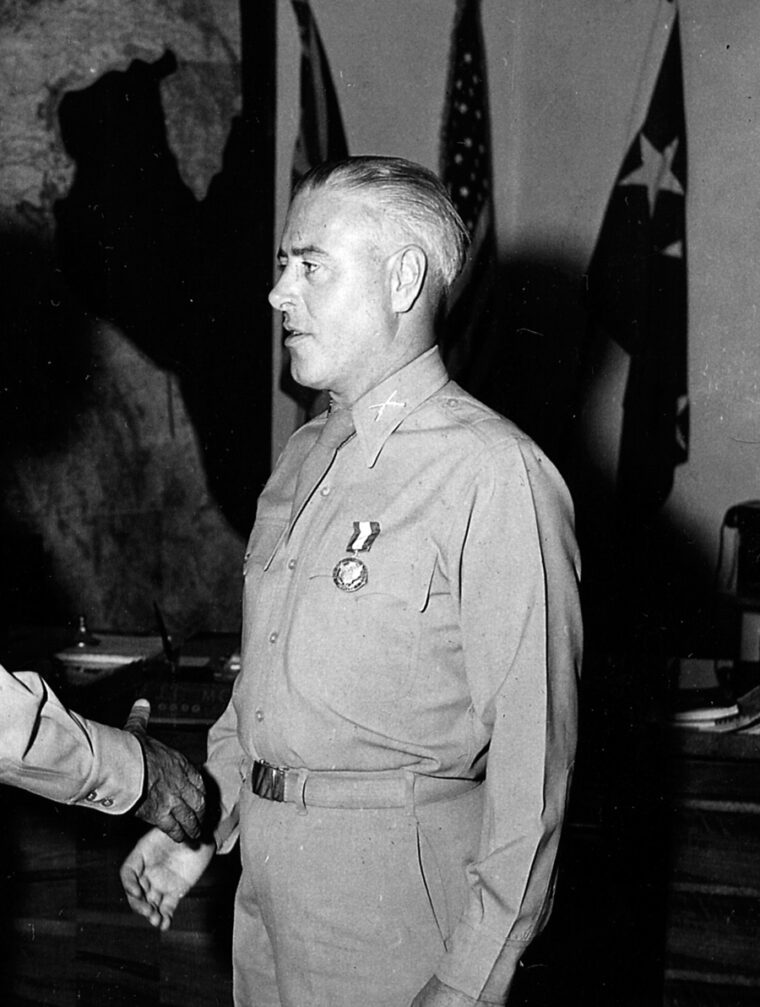
The first real lead came when they found Lieutenant Bolz in a POW camp. Questioned on May 10, he described his part in the execution and burial. Bolze also named Major Almers and 1st Lt. Koerbitz as the officers that gave him the orders. Sessler, the interrogator, was also found in a POW camp and confessed his part in the war crime. He wrongly named General Rudolf Toussaint as the person who gave the execution order. This information sent the American team searching in the wrong direction for some time.
When Koerbitz and Klaps were found and interrogated, they identified General Dostler as the man who issued the order. The investigation now began to pick up speed. Dostler was located in the U.S. 85th Division POW camp and had been formally charged with committing a war crime. He was charged with violating the “Law of War under the Hague convention of 1907” by having unarmed prisoners of war shot.
Armed with the information given by Bolze, a team of medical personnel went to the area to look for the mass grave. On May 23, 1945, excavation began and the bodies were discovered. All 15 still had their hands tied behind their backs. None had any boots or shoes, and two wore no outer clothing. Identification was made with dogtags or marks in the uniforms except for the two with no clothes. The remains of Tech/5 Joseph M. Farrell and Tech/5 Liberty J. Tremonte could not be identified with certainty.
The mysterious disappearance of the OSS men of Operation Ginny was solved. Since they were never brought before a court or given a hearing, it was clear to the Americans that this summary execution constituted a war crime.
The Trial of Anton Dostler
General Anton Dostler was transported to Rome for his war crime trial. A military commission of nine officers was set up by Headquarters Mediterranean Theater of Operations to conduct the trial. This trial was widely covered by the press for two reasons. First, Dostler was the first German general to stand before a United States military commission and, second, the outcome would set a precedent for a wide-ranging set of upcoming war crime trials, including Nuremberg.
All of the German and Italian prisoners of war were also in attendance except Almers. He had been captured but escaped before a statement could be taken. Lt. Gen. Joseph M. McNarney, U.S. commander in Italy, appointed the following officers to the commission: Maj. Gen. L.C. Jaynes, Brig. Gen. T.K. Brown, Colonel H. Shaler, Colonel James Notestein, and Colonel F.T. Hammond. Major F.W. Roche (Judge Advocate) served as prosecutor. The defense was headed by Colonel C.O. Wolfe and Major C.K Emery. General Fridolin von Senger und Etterlin was appointed as special German counsel and interpreter.
The defense immediately presented a plea that a military commission did not have jurisdiction to try the accused but that he should be tried by a court-martial. The commission ruled that the defendant did not commit the war crime as a prisoner of war but before hostilities ceased.
The defense then tried to put forth two more arguments. First, the commission had been set up by an American general, when in fact the theater was commanded by a British commanding general during hostilities. Second, no order had been given by the president of the United States appointing or authorizing the appointment of such a commission. In both cases, the commission overruled the pleas of the defense.
The prosecution then presented its case to the commission. It was very straightforward. The series of events, starting with the night of March 22 and ending with the execution on March 26, was examined. The prosecution stated that the 15 members of the U.S. Army were on a bona fide military mission to demolish the railroad tunnel on the main line between La Spezia and Genoa. All of the available witnesses were put on the stand and testified. The prosecution proved the OSS men were neither tried nor given a hearing of any kind.
The defense presented its case, claiming that for any person to be accorded the rights of a prisoner, he must have a fixed distinctive emblem recognizable at a distance on his uniform. Since the mission was for the purpose of sabotage to be accomplished by stealth, the Ginny men were not entitled to the privileges of lawful belligerents. The defense admitted they were entitled to a lawful trial even if treated as spies.
The main point that the defense relied on was obedience to superior orders. These orders were laid down in Hitler’s decree of October 18, 1942. Dostler also stated that he had orders from both General von Zangen and Field Marshal Kesselring’s headquarters to proceed with the executions. General von Zangen testified on the stand that he had not personally issued the order.
The prosecution countered that even if the Führerbefehl was binding on Dostler he should have acted in accordance with paragraph 4 and handed the prisoners to the security service or Gestapo. The Commission found General Dostler guilty, and he was sentenced to death by firing squad.
The First German General to be Executed For a War Crime
After the guilty verdict, Dostler was transferred to the Peninsular Base Section Garrison Stockade No. 1 near Aversa. This military prison was run by the 803rd Military Police Battalion and had a firing range suitable for executions. Saturday, December 1, 1945, was a foggy, misty morning. Dostler was escorted to the firing range by a three-man squad. As he was roped to the post, two Catholic chaplains, one of the U.S. Army and one a German POW, gave comfort in his last minutes. Just before the black hood was put over his head, Dostler said, “Es lebe Deutschland (Long live Germany).” He concluded, “I give my life to my country and my soul to God.”
With a taut face and tight-set lips, Dostler heard the order for his execution containing the names of the 15 Americans. The black hood was dropped over his head, and Dostler stood alone facing the firing squad of the 803rd MPs. Shortly before 8 am, 12 rifles cracked and Anton Dostler became the first German general to be executed for a war crime.
Dostler lies buried at the Deutscher Soldatenfriedhof Pomezia south of Rome. This cemetery contains the graves of 27,000 German dead of World War II. The verdict and execution were somewhat controversial, since many felt that Kesselring and von Zangen should have shared the blame with Dostler. A British court in Venice tried ex-Field Marshal Kesselring for the massacre of 335 Italians in the Ardeatine Caves and other war crimes. He was sentenced to death on May 7, 1947, however the sentence was commuted to life imprisonment two months later.
Seven of the OSS Ginny soldiers are interred at the U.S. military cemetery near Florence. The bodies of the other eight were repatriated to the United States to be buried in family plots.
The Office of Strategic Services staged many successful operations during World War II, but Operation Ginny was the ultimate tragedy for these 15 soldiers.
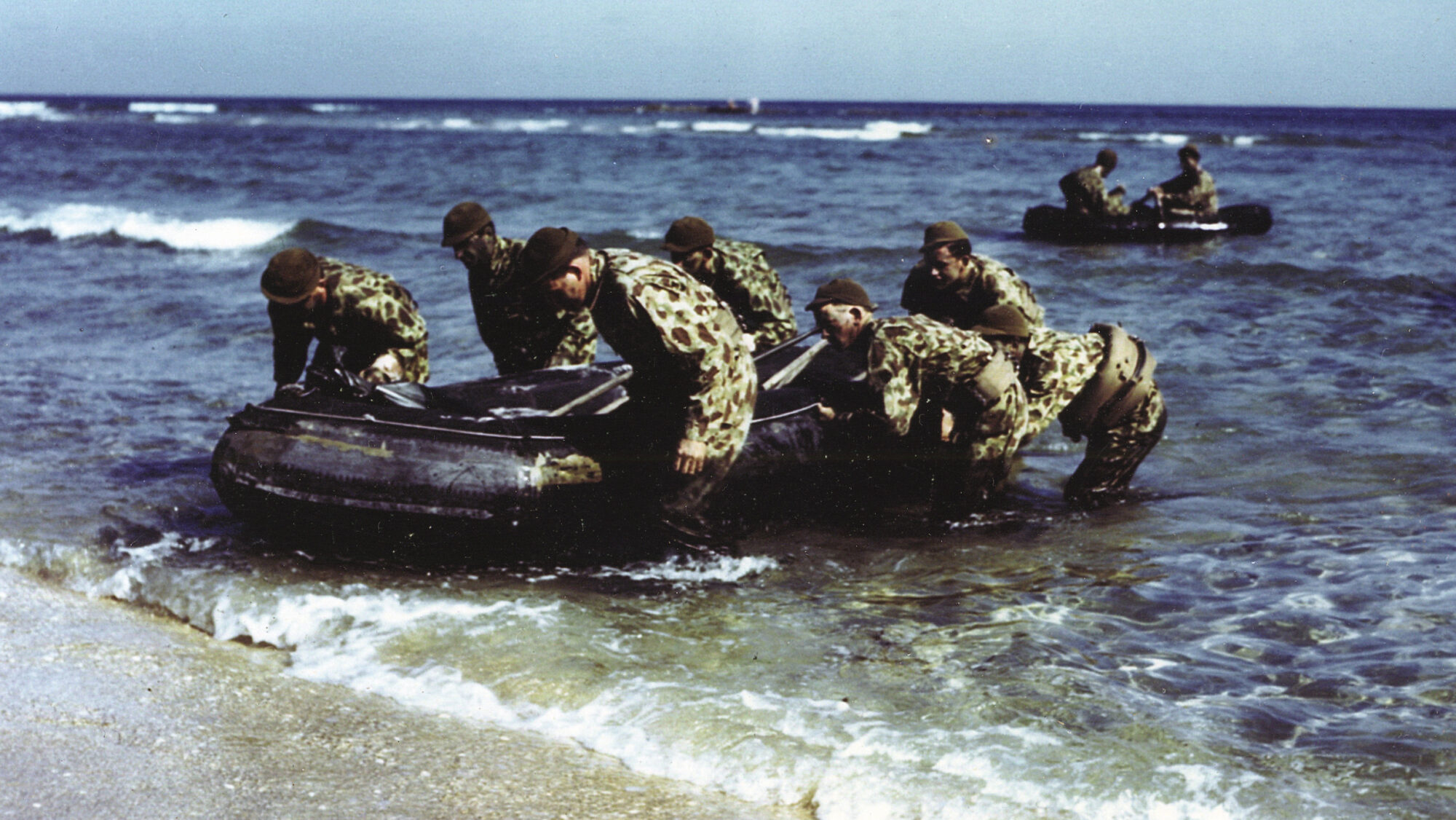
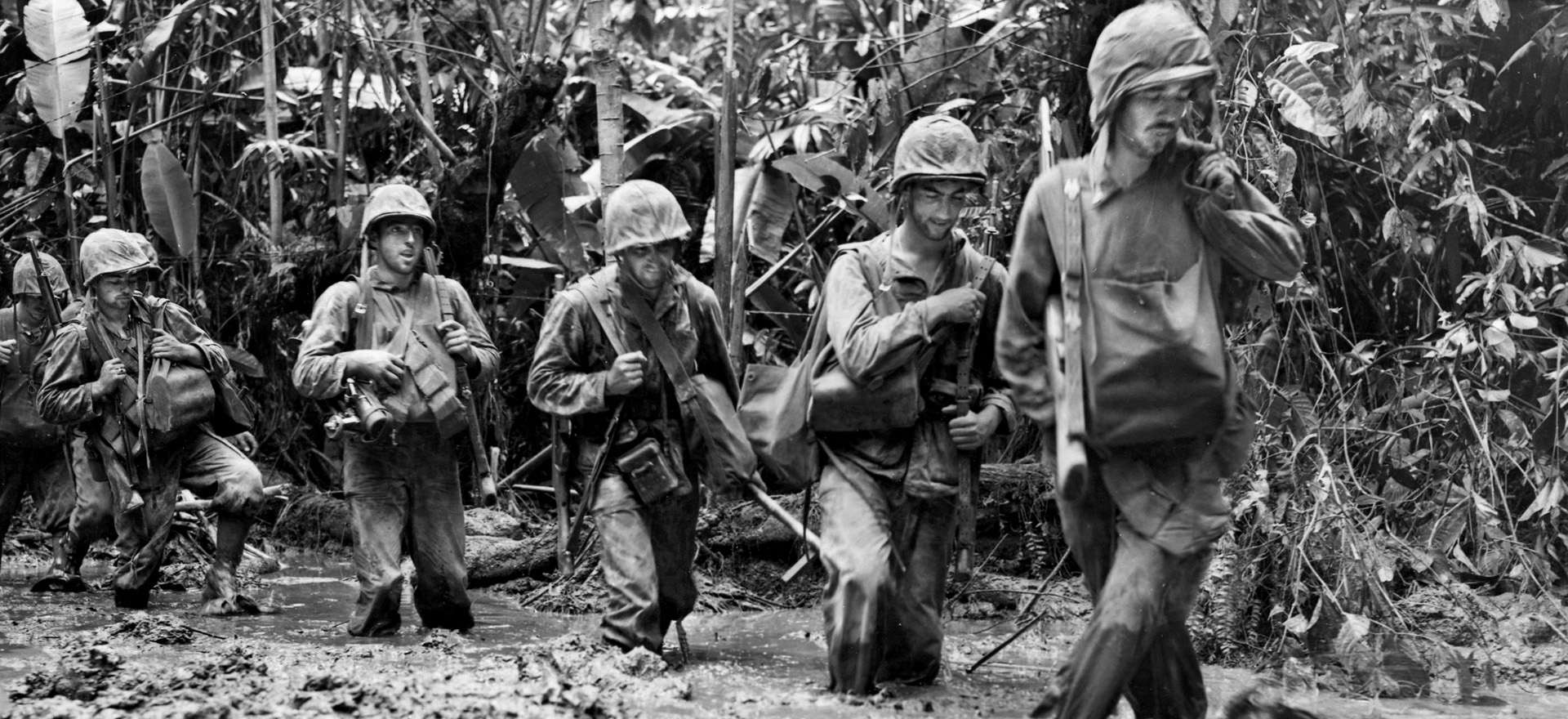
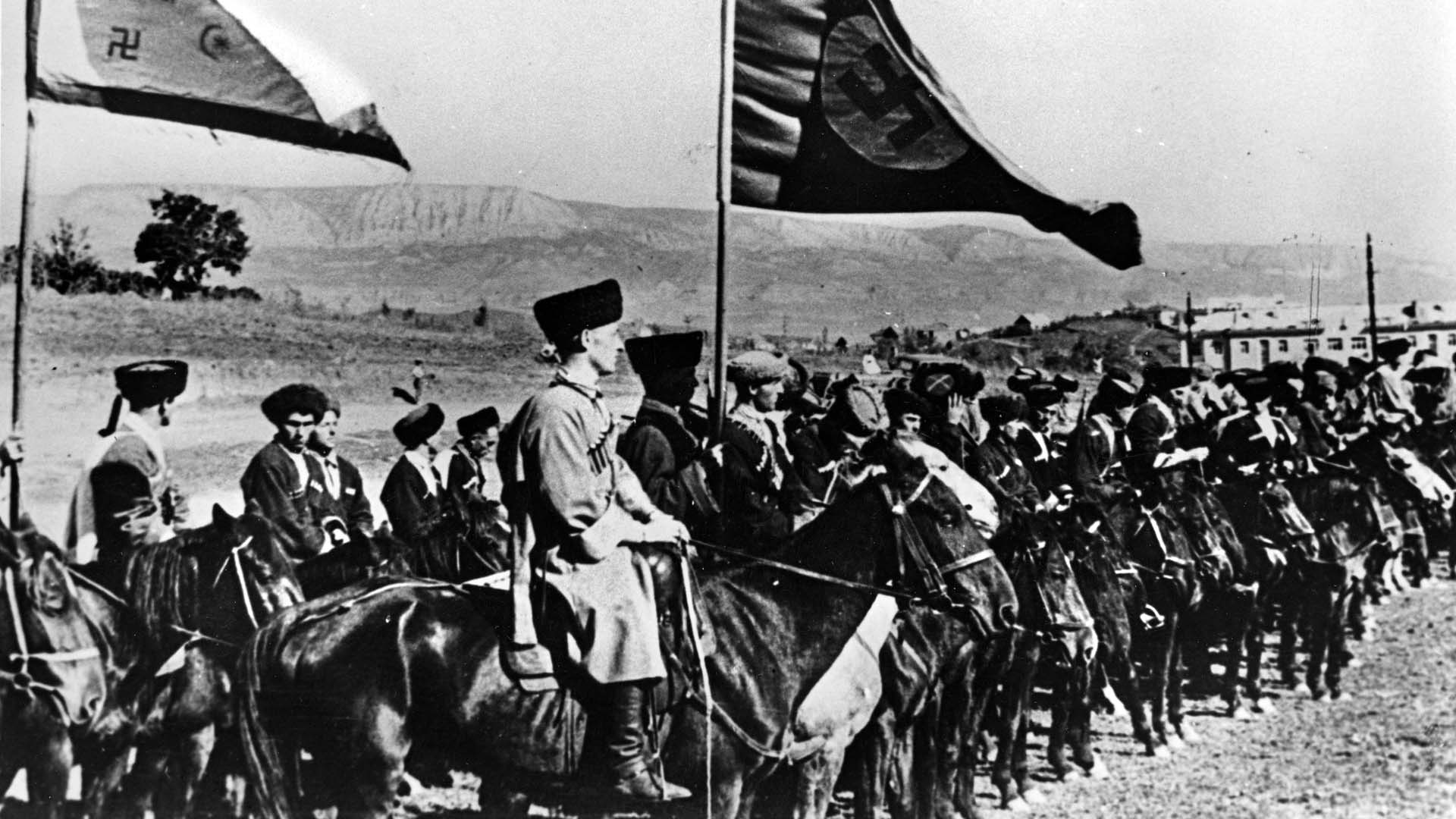
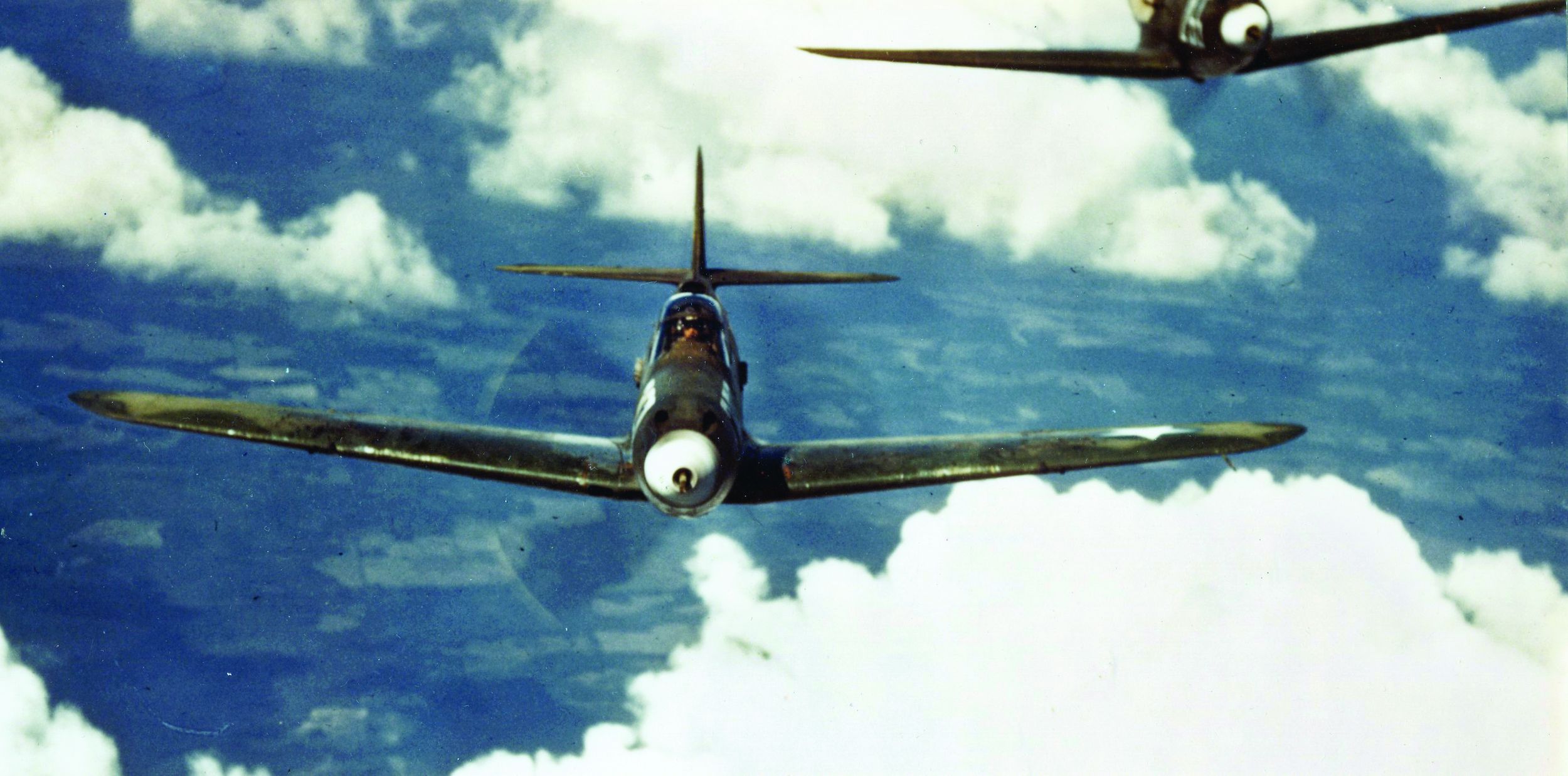
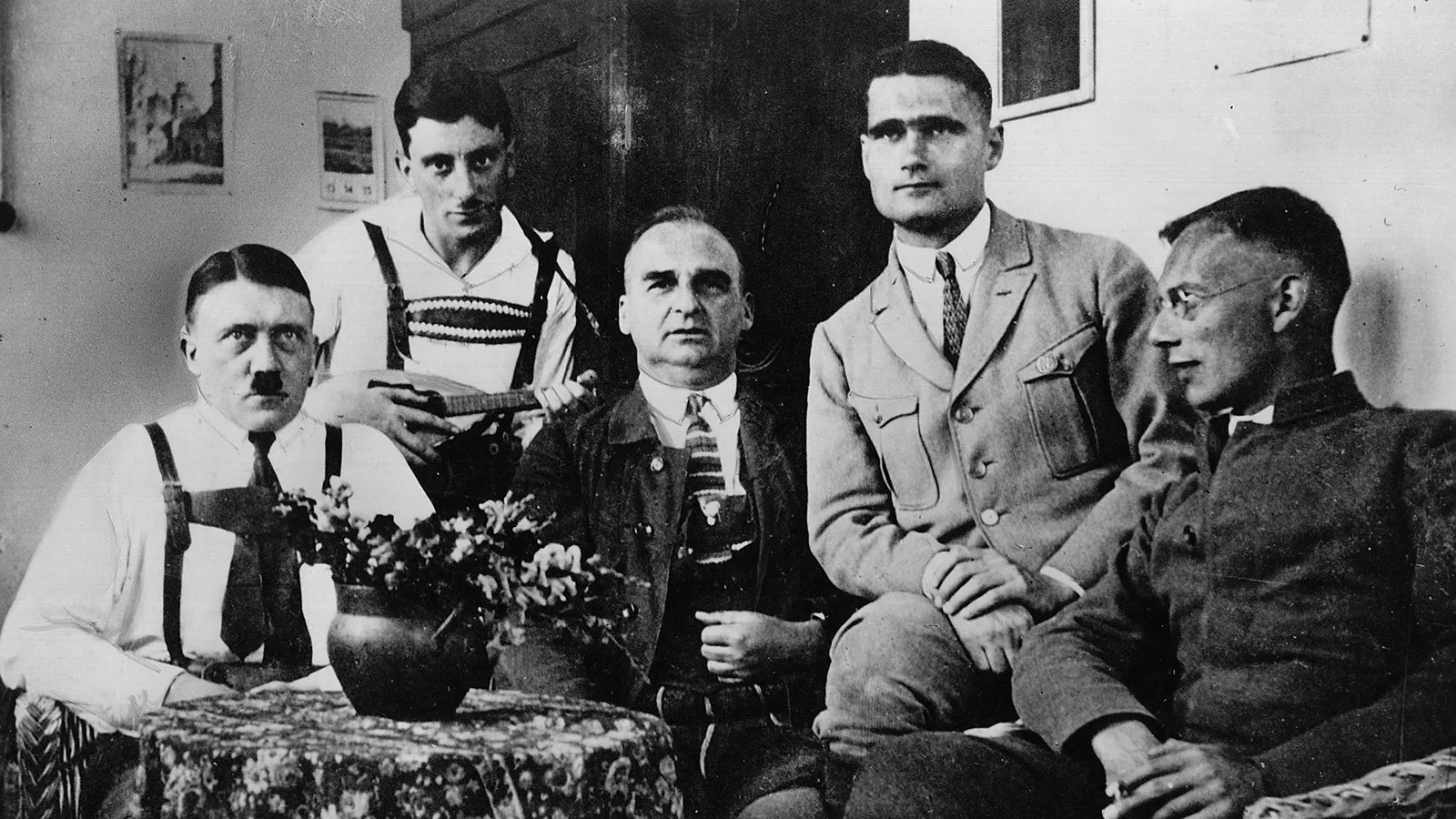
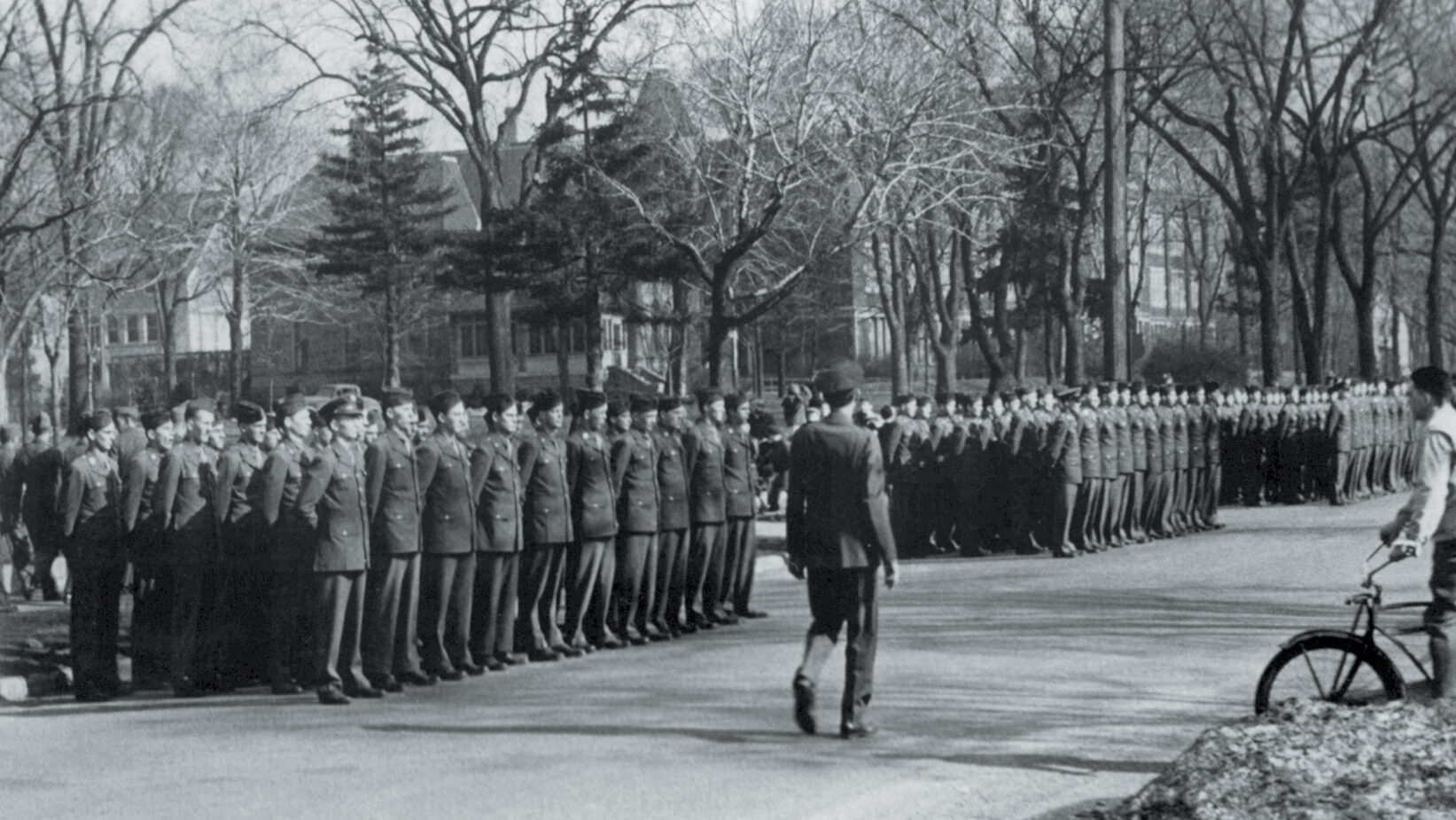
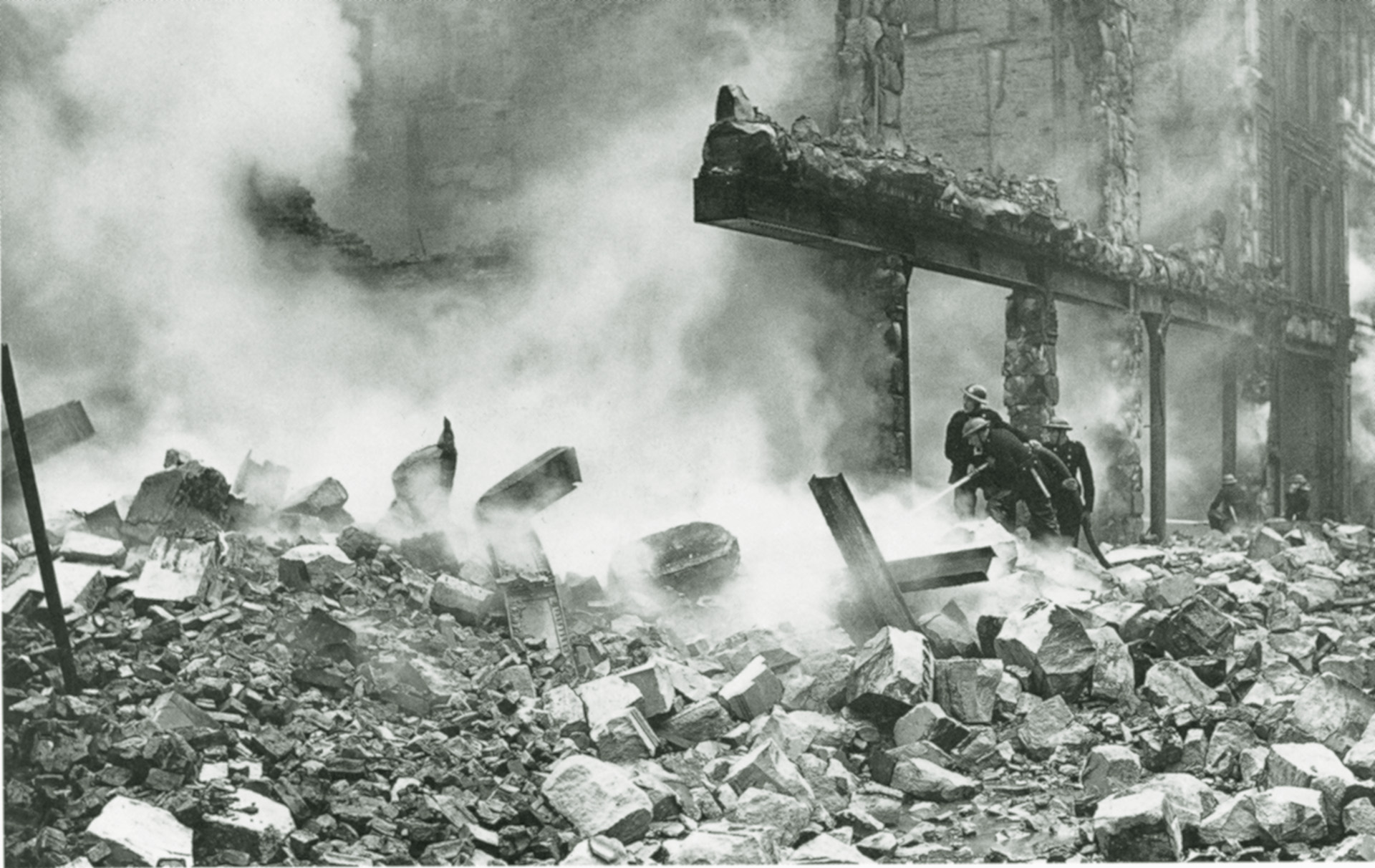
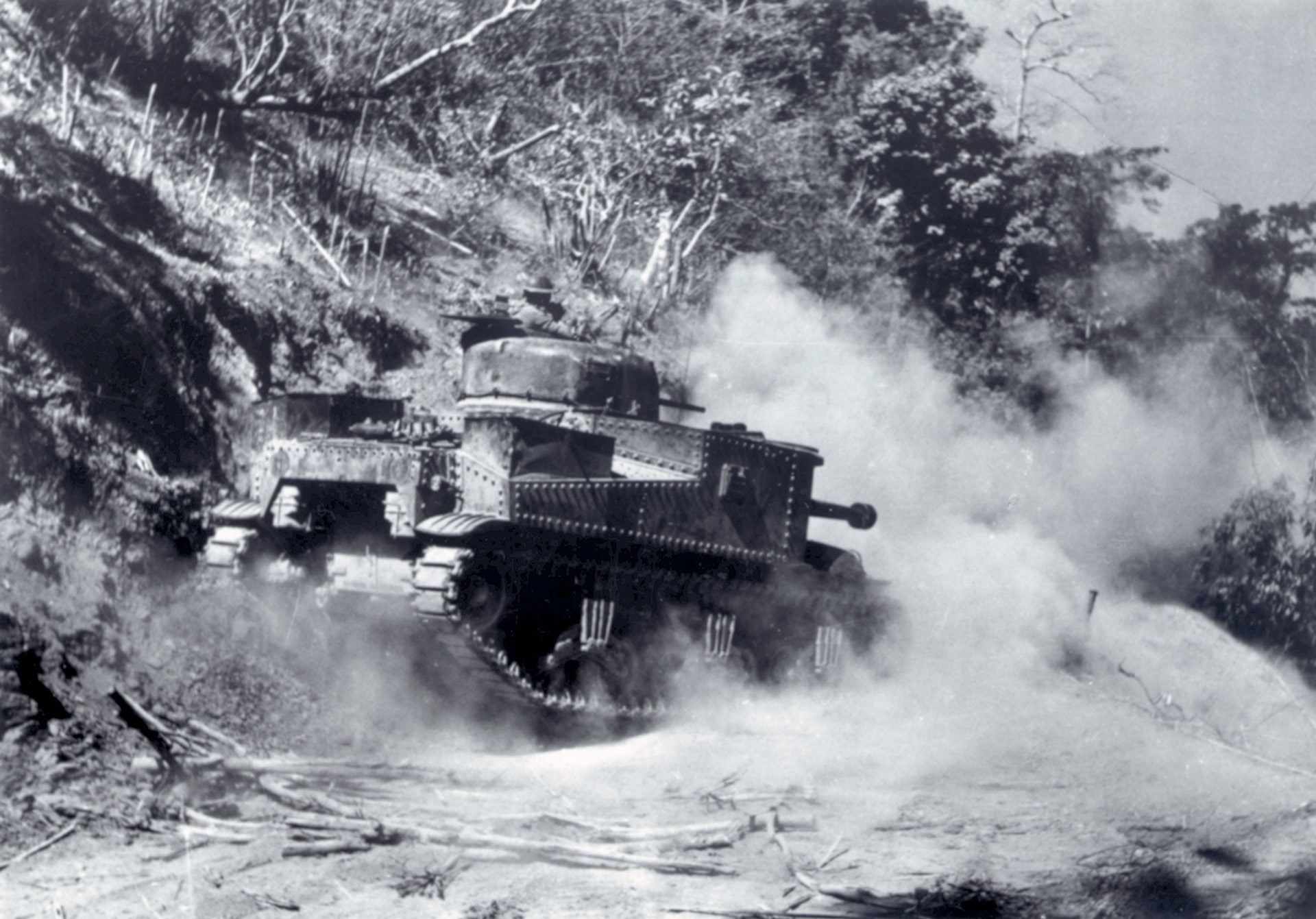
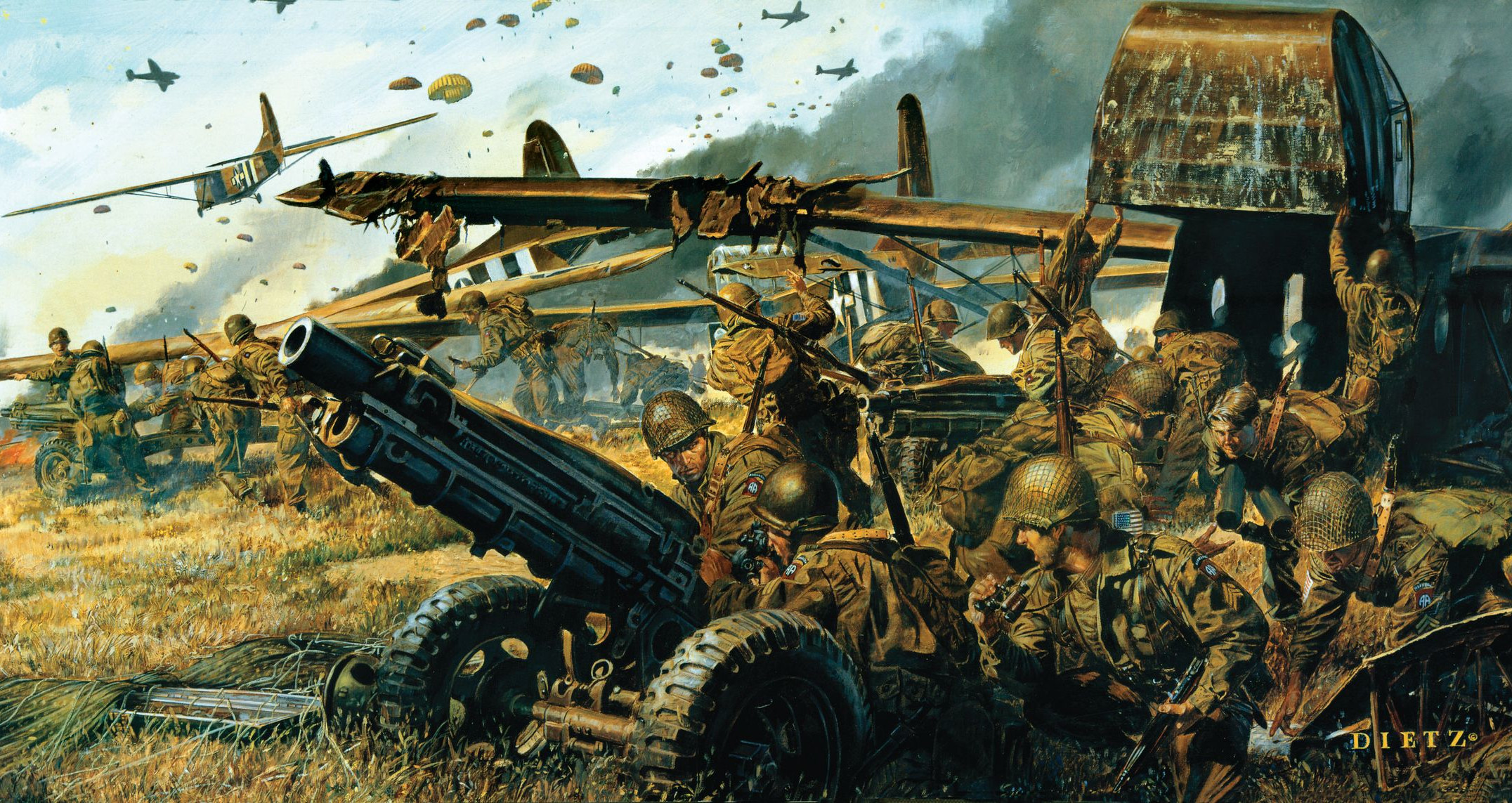
What a sequence of bad luck events.
My uncle, Salvatore Disclafani, was one of the fifteen men of the Office of Strategic Services who were executed. It was such a senseless series of events that resulted in these young soldier’s executions. So tragic that my father who was also serving in the army and stationed in Italy had to find out of his brother’s execution from a local newspaper.